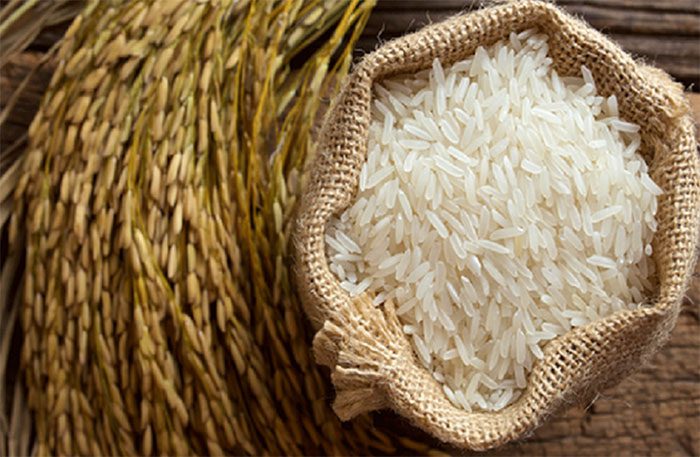Why You Should Bring a Piece of Paper When Buying Rice: A Handy Tip to Ensure You Always Get Fresh Rice.
Due to high demand, rice is often supplied in large quantities, making it susceptible to becoming stale and losing quality. Most rice sold in the market has little information regarding its production date and origin, making it difficult for consumers to avoid purchasing stale rice, which is both nutritionally deficient and less tasty.
To select fresh rice, you can bring a piece of paper when buying rice to conduct a test, and the results will likely satisfy you.
Why You Should Bring a Piece of Paper When Buying Rice
In fact, fresh rice, which guarantees better quality, typically has lower moisture and oil content compared to older, inferior rice. Therefore, by observing the moisture and oil absorbed by the paper, you can evaluate whether the rice is fresh or stale and whether it is of high quality.

Bringing a piece of paper when buying rice will help you choose fresh, delicious rice. (Photo: Shutterstock).
What you need to do is take a piece of paper, place some rice on it, and wrap it up. Then, hold the wrapped rice tightly in your hand for about 10 seconds. After 10 seconds, open the paper and observe its surface.
If there are white powdery grains on the paper, it indicates fresh, high-quality rice because new rice will have more starch on its surface; conversely, if there are no grains, it is likely stale rice.
If the paper has oil stains or wax marks, and the rice grains stick and do not come off easily, it indicates old rice, which you should avoid purchasing.
Additional Tips for Buying Fresh, Delicious Rice
In addition to bringing a piece of paper as previously mentioned, to select fresh, fragrant rice without the worry of chemical treatment, you can also apply the following tips:
Buy Rice in Season
One effective secret to choosing good rice is to buy it in the right season. Rice harvested during the peak season is both fragrant and sticky, offering a unique taste.
Check Rice Color
Fresh rice is naturally more flavorful and nutritious than old rice. Therefore, the first step is to check the color to distinguish fresh rice from stale rice.
The normal color of rice is pale white, but it can vary based on the variety and conditions. However, fresh rice usually appears translucent, slightly white, and firm.
If the rice is darker, even slightly yellow and dull, it may have been stored for too long, resulting in a loss of nutritional value and flavor. Rice treated with chemicals will appear shiny and pure white, indicating it may have been bleached.
Smell the Rice
Rice that has an unnatural or unpleasant odor is often stale or has been treated with artificial fragrances. To identify such rice, observe it while cooking. This type of rice will lose its aroma when cooked or after a few days of purchase.
When buying rice in bulk, you can take a few grains and rub them in your hand to warm them up. If you smell a pleasant aroma after rubbing, it indicates high-quality rice; conversely, if there is no scent or it smells bad, it may be expired.
Taste the Rice
A handy tip to identify fresh and clean rice is to chew on a few uncooked grains. If you experience a natural sweet flavor and a slight stickiness in your mouth, it is good rice. On the other hand, if the rice is too soft or too hard, has a rough texture, or lacks aroma, it may be of poor quality.
Burn the Rice
You can prepare a spoon, add a few grains of rice, and then light it on fire. If you smell a pleasant aroma, it indicates fresh rice; if there’s an unusual smell (like a burnt odor), it may be stale rice that has undergone processing.


















































